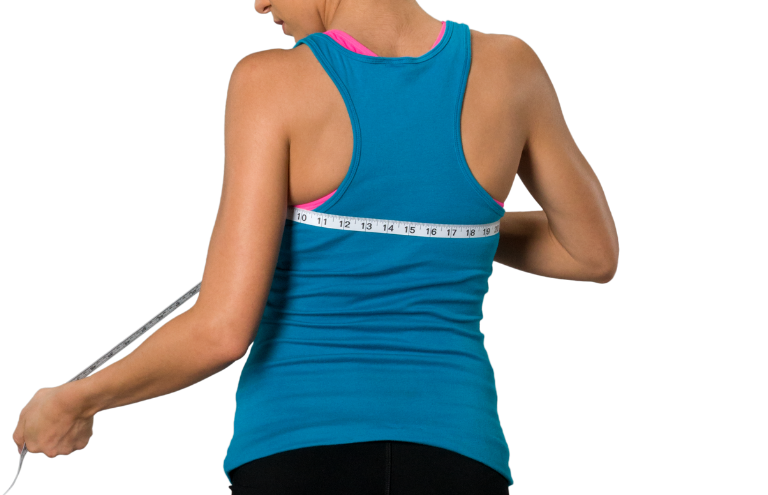At Scoliosis 3DC® when evaluating scoliosis, chest expansion is one measure we use to create a baseline in order to track and monitor progress. This is because respiratory deficits associated with thoracic scoliosis can occur as a secondary response to decreased rib mobility. A maligned thorax in three planes -sagittal, frontal (coronal) and transverse (rotational) – is responsible.
Normally, during inhalation the diaphragm contracts and flattens allowing for increased air volume into the lungs. Due to the three-dimensionality of scoliosis, the mechanical process of breathing may be impaired because of skeletal malalignment and muscular imbalances.
The goal of Schroth exercises and breathing is to rehabilitate this process by helping to restore proper function and improve rib mobility via Schroth’s unilateral rotational breathing.
Evaluating for chest expansion is fairly simple. Chest expansion is measured with a cloth measuring tape¹(see article below for reliability) while a patient is standing. The patient exhales completely and chest circumference is noted. This is followed by complete inhalation, again making note of chest circumference. We measure three times consecutively and calculate the average.
Interestingly, if a patient is asked to lean into their curve there is a noticeable difference in chest expansion and lung capacity, approximately a 20% decrease -as documented in our office.
Why is this important? Chest expansion can improve secondarily to rib mobility improvement and as both improve, lung capacity (the amount of air taken into and out of the lungs with one breath) may improve.
After training, we remeasure the patient noting changes and the relationship between chest expansion and lung capacity. Typically, findings show about a 15% improvement in chest expansion and lung capacity in adolescents and adults with thoracic scoliosis, in 2 to 4 weeks time. Understandably, thoracolumbar/lumbar scoliosis patients typically show less improvement since the apex of the curve is not located in the thoracic spine.
Evaluating scoliosis periodically via chest expansion, spirometry and scoliometer helps us to monitor patients’ progress without the need for excessive x-rays. As patients see improvements, it helps stimulate motivation and reinforce commitment to their scoliosis exercise program as taught here at Scoliosis 3DC®.


